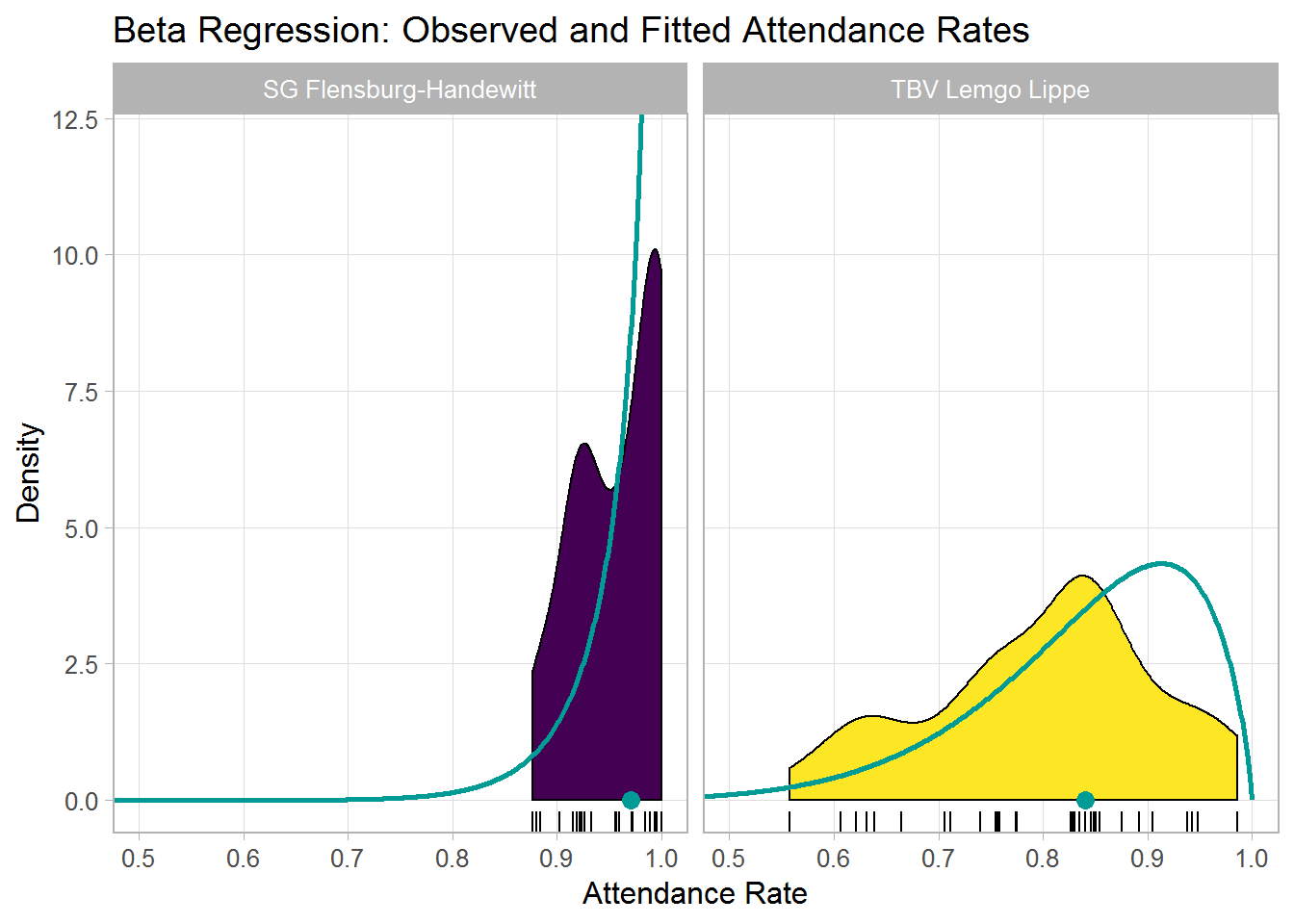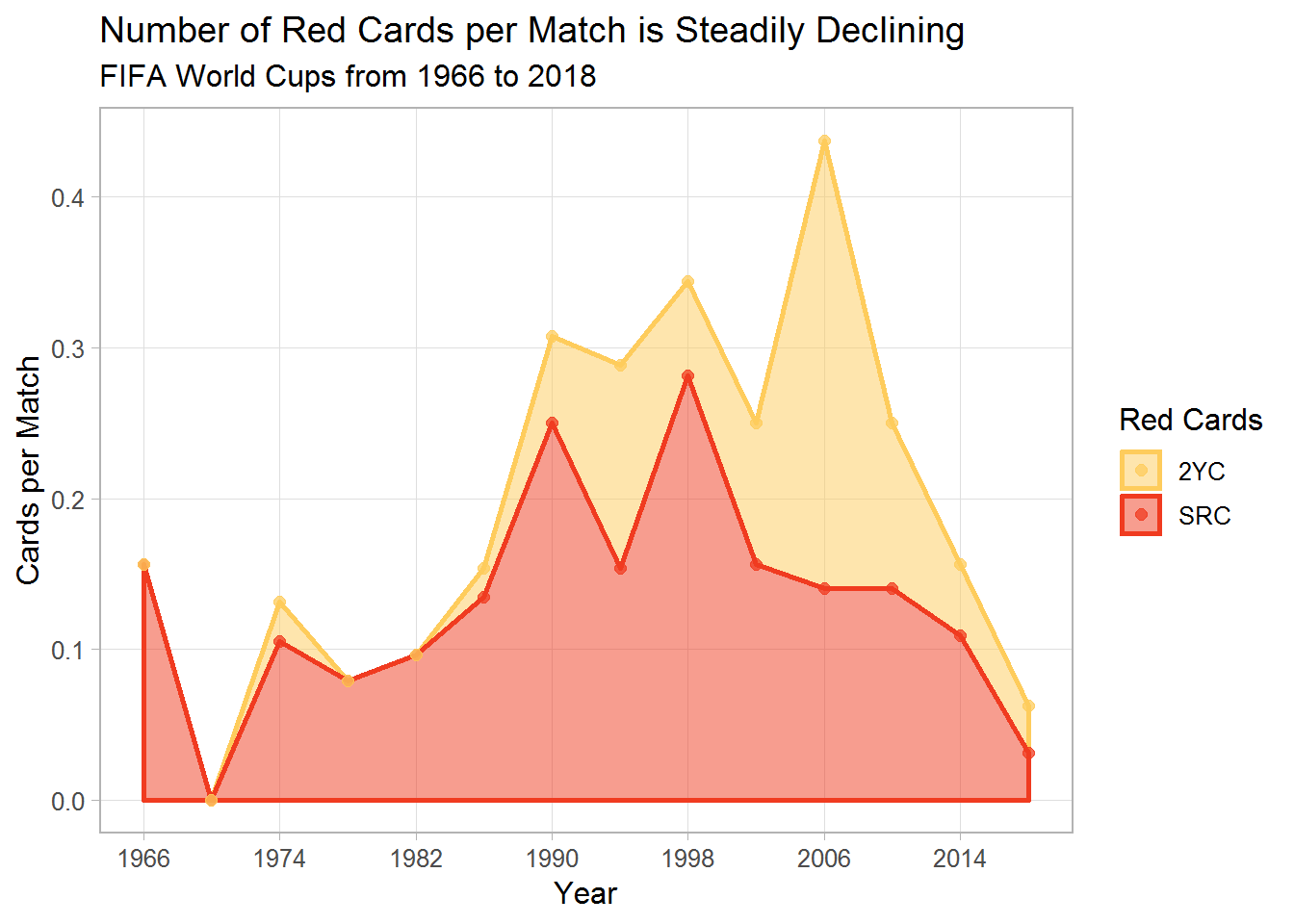Tutorial on tidymodels for Machine Learning

This tutorial introduces R users to the tidymodels ecosystem. Similar to the tidyverse, tidymodels is a meta package that bundles together modular packages that work hand in hand to make the live of data scientists easier. Herein, the recipes package is used for data pre-processing, parsnip for model fitting, tune for hyperparameter tuning, and much more. For illustration, a random forest model is fit to the diamonds data set.
[Read More]



